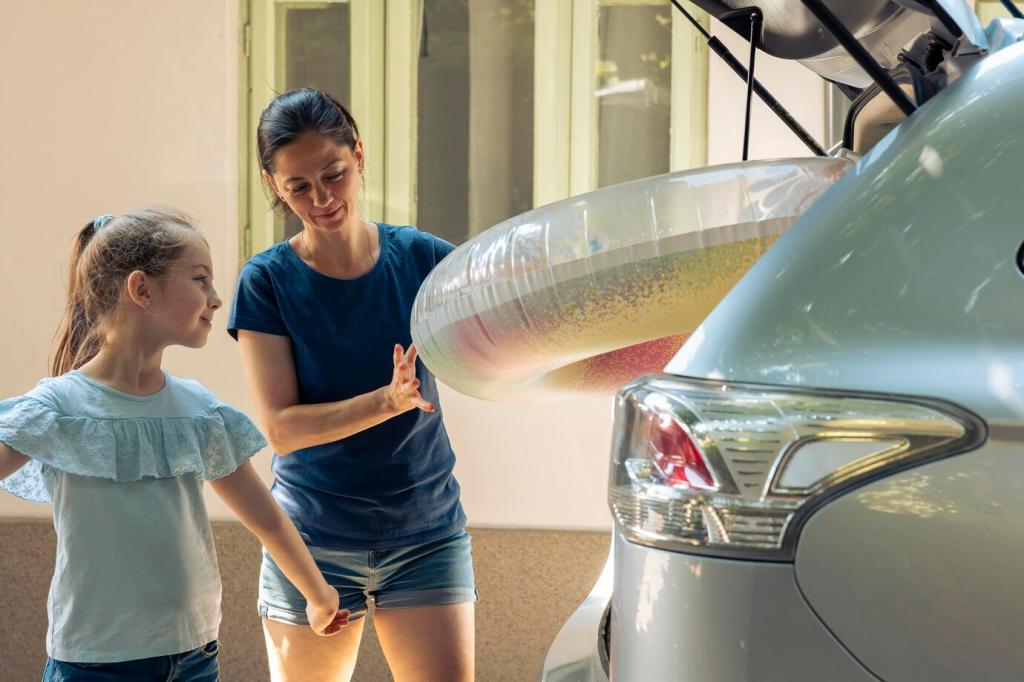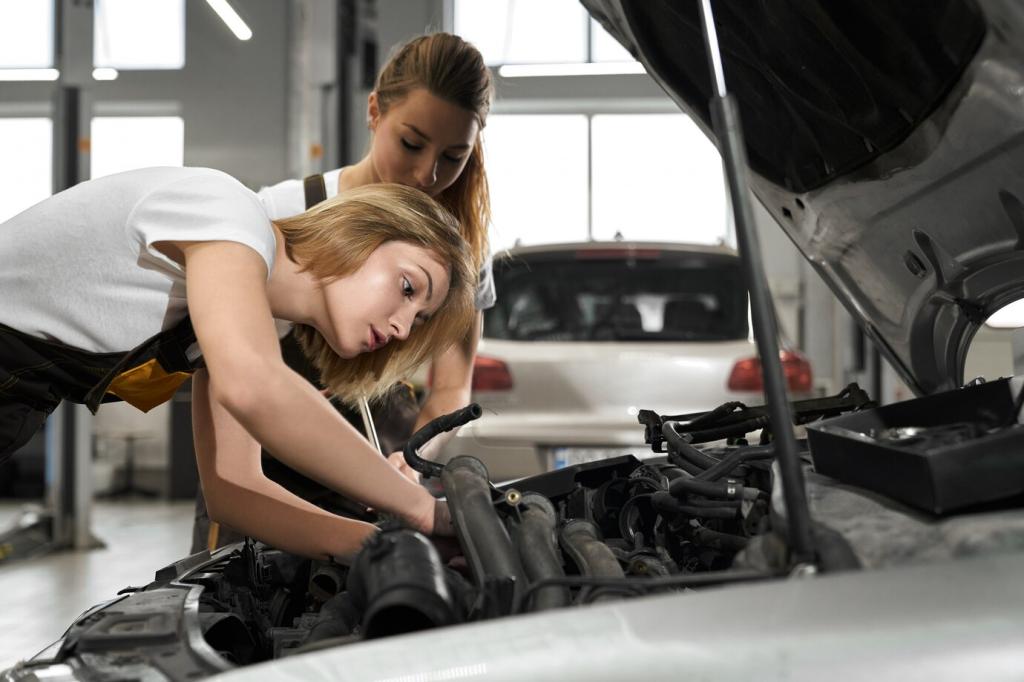
Soundproofing Tips for a Quieter Journey
Chosen theme: Soundproofing Tips for a Quieter Journey. Welcome to your peaceful drive guide—practical ideas, real stories, and smart upgrades that turn road roar into calm. Share your challenges and subscribe for field-tested, noise-lowering insights.
Why a Quieter Cabin Changes Everything
Focus, Safety, and Calm
A calmer cabin helps your brain process traffic cues faster and reduces cognitive load. Fewer distractions mean steadier lane control, clearer decisions, and more relaxed shoulders by the time you park the car.
Health and Fatigue Benefits
Highway cabins often hover around 70–80 dB. Dropping even 4–6 dB can reduce stress and fatigue on long trips. Remember, 3 dB is roughly a halving of sound energy—every decibel counts toward comfort.
A Short Story from the Highway
After lining their doors and wheel wells, a couple drove six hours without the usual end-of-trip exhaustion. They chatted easily, enjoyed podcasts at lower volume, and arrived ready for an evening walk instead of collapsing.
Know Your Noise: Where It Comes From
Tire and Road Noise
Textured asphalt, aggressive tread, and high pressures amplify road roar. Wheel wells and the trunk cavity act like drums. Target these zones first if your car hums louder on coarse surfaces and quiets on smooth concrete.
Wind and Aerodynamic Whoosh
Air sneaking past mirrors, roof racks, and imperfect seals creates hiss and whistles. Above 55 mph, aero noise often dominates. Sealing gaps and minimizing protrusions can meaningfully drop the high-frequency whoosh inside your cabin.
Engine, Drivetrain, and Vibrations
The firewall, floorpan, and subframe can broadcast engine and drivetrain vibrations. Damping panels on metal and decoupling layers under carpets reduce structure-borne noise without muting the helpful mechanical feedback enthusiasts appreciate.

Inspect and Refresh Door Seals
Run a dollar bill around the door perimeter; if it slides out easily, pressure is weak. Clean rubber, treat with conditioner, and adjust latches. Restoring seal tension often tames surprising wind hiss instantly.
Silence Rattles with Felt Tape
Clip-on panels and trim edges can buzz at certain frequencies. Apply automotive felt or fabric tape where plastics contact. This low-cost tweak removes sharp rattles that punch through even otherwise well-damped cabins.
Tire Pressure and Cargo Management
Overinflated tires amplify tread slap; match pressures to the door placard for your load. Remove loose items, add a cargo net, and secure jack tools. Eliminating small clatter unlocks a surprisingly calmer background.
Core Principles: Mass, Damping, and Decoupling
Mass: Block the Path
Heavier barriers impede transmission. The mass law says doubling mass can cut transmission by about 6 dB. Use dense layers where noise enters—floors and firewalls—while keeping clear of airbags, drains, and wiring channels.

Area-by-Area Upgrades That Work
Treat the outer skin with CLD to stop drumming, bridge service holes with lightweight panels, then add a thin decoupler behind the door card. Expect tighter bass from speakers and a satisfying, premium shut sound.

Tires, Bearings, and Alignment
Cupped tires, worn bearings, and poor alignment roar loudly. Rotate on schedule, replace worn parts promptly, and choose tires reviewed for low noise. A healthy rolling setup is the foundation of a serene cabin.
Seal Care and Door Fit
Clean, conditioned seals stay supple and seat better. Check hinge sag and latch alignment to maintain even pressure. A perfectly aligned door with fresh seals can shave off stubborn wind hiss at highway speeds.
Trim Your Aero Profile
Remove unused crossbars and racks, tidy mirror accessories, and ensure splash shields are intact. Smoother airflow means less high-frequency hiss. Pair aero tweaks with door sealing to attack wind noise from both directions.
